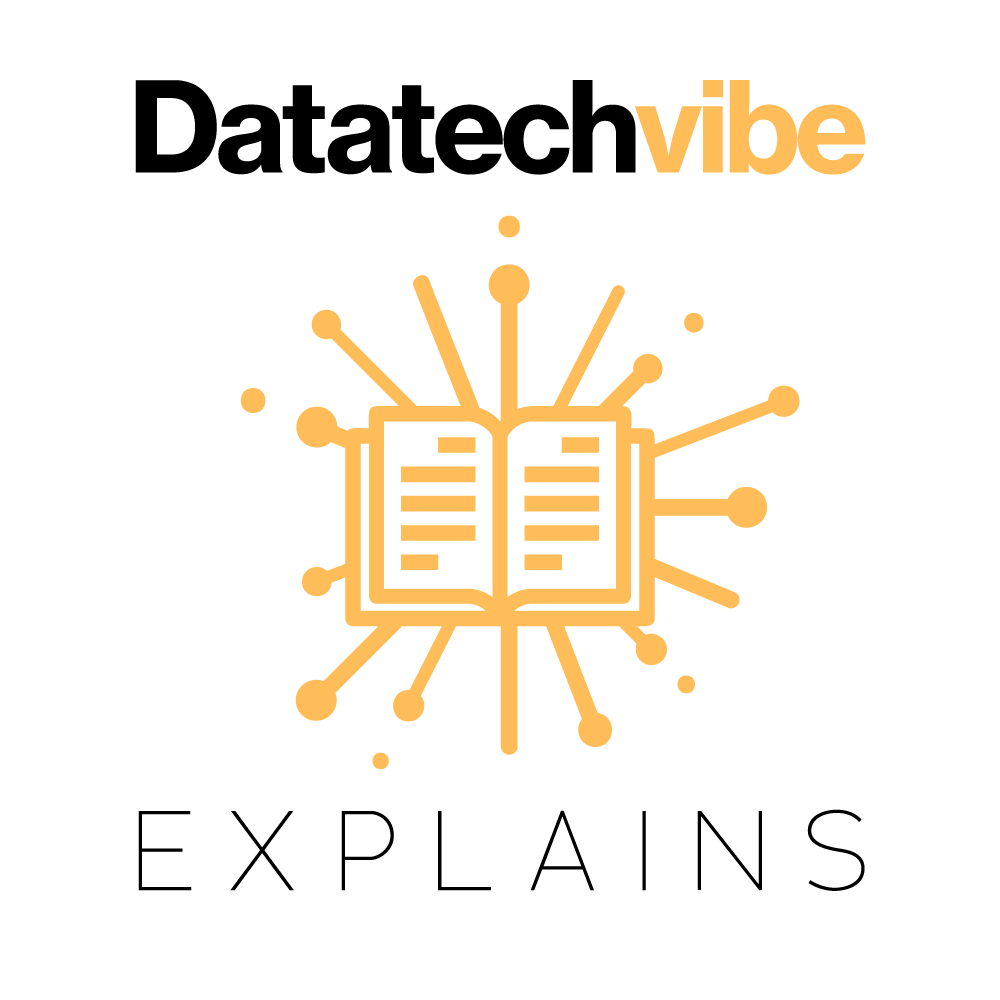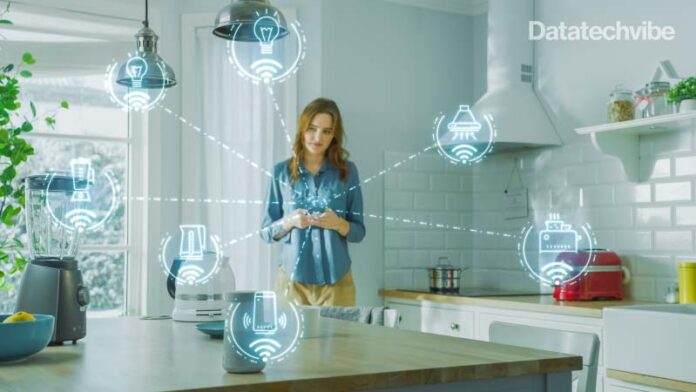What’s the Matter? It’s the latest smart home standard, an interoperability protocol. By next year, an alliance helmed by Apple, Google and Amazon, despite the longtime rivalry, will begin certifying smart home devices using the network technology Matter to create a unified, cross-brand experience covering the entire smart home device space.
The technology aims to smoothen the complexities of connecting smart-home devices, allowing users to control lighting, heating, home theatres, video doorbells, door locks and alarms through smart speakers. The industry experts consider it an important step to shake up the inner workings of the smart home, making smart home products more widely accepted.

In the works since 2019, formerly known as Project CHIP (Connected Home over Internet Protocol), now rebranded as Matter, it is a joint effort by over 170 companies, including Samsung and Zigbee Alliance.
Aim of the Matter
The smart home in its current form is a little messy, Matter aims to make it easier for both manufacturers and consumers and ensure smart home devices can work across different ecosystems.
Combining research and development, Matter will provide a shared smart home interface for device users where all smart devices are designed using the same platform. The individual control apps — the Alexa app, Google Home, Apple’s Home app — for smart devices are not going away, but for the first time, Apple HomePod speaker and Alexa-powered Ecobee thermostat will be able to communicate using the same “smart language.”
Matter will make sure dedicated hubs link up with the right peripheral devices, and also make decisions over which devices work for homes based on which assistant and ecosystem they’re already embedded in.
Although getting all devices to get along can be difficult, Matter is designed to unify the network domain, ensuring devices will work with any three main voice control systems — Amazon Alexa, Apple Siri and Google Assistant. It should work even if you use more than one control system.
The most important thing for smart home users is that all Matter-enabled devices will work with all apps that support Matter.
In May, Google announced its plans to bring Matter support to its newer Nest thermostats, hubs and Wi-Fi network gear as well as its Android smartphone software in a post.
The company said that all Nest displays and speakers will be updated to control Matter-approved devices. That means Google Assistant will be able to control any device with the Matter stamp on it.
Apple has also provided some details about Matter integration too, saying that it’s going to be supported in iOS 15, meaning you’ll be able to use the Home app to manage your Matter devices. Philips Hue has promised to bring Matter support to their existing accessories.
The Matter logo on products and packaging will signify that smart devices, such as light bulbs you turn on with Amazon Alexa or a video doorbell you monitor with Google Home, will get along well together. The logo will help consumers to quickly locate QR codes or numeric codes to help set up their devices.
Major selling points
Earlier, a smart device developer laying the software grid work for its new IP would need to design its device’s capabilities around the framework of a single, smart platform, a choice that may not have been easy to make.
Now, Matter’s suite of IoT tools makes it much simpler for the developer to focus on the features and functionality of its IP because Matter allows the new device to work across all smart platforms.
According to the Connectivity Standards Alliance, Matter will be releasing a series of web-connected bridges. While details on this hardware are still under wraps, we expect to see a Matter bridge allowing your older HomeKit hardware to interface with the new protocol.
The first wave of Matter hardware could see everything from lighting to TVs integrated under the unified platform.
Meanwhile, Silicon Labs and Nordic Semiconductor are ready with Matter-capable chips and electronics boards for product design. Others planning Matter products include Comcast, Schlage, Schneider Electric and Huawei.
Knocking down the barriers between brands opens the door for unlimited possibilities. For now, we’ll just have to wait and see exactly what Matter has in store for our smart homes.
If you liked reading this, you might like our other stories
The AI Arms Race
Creating Smart Cities: Enabling Technologies And Challenges









